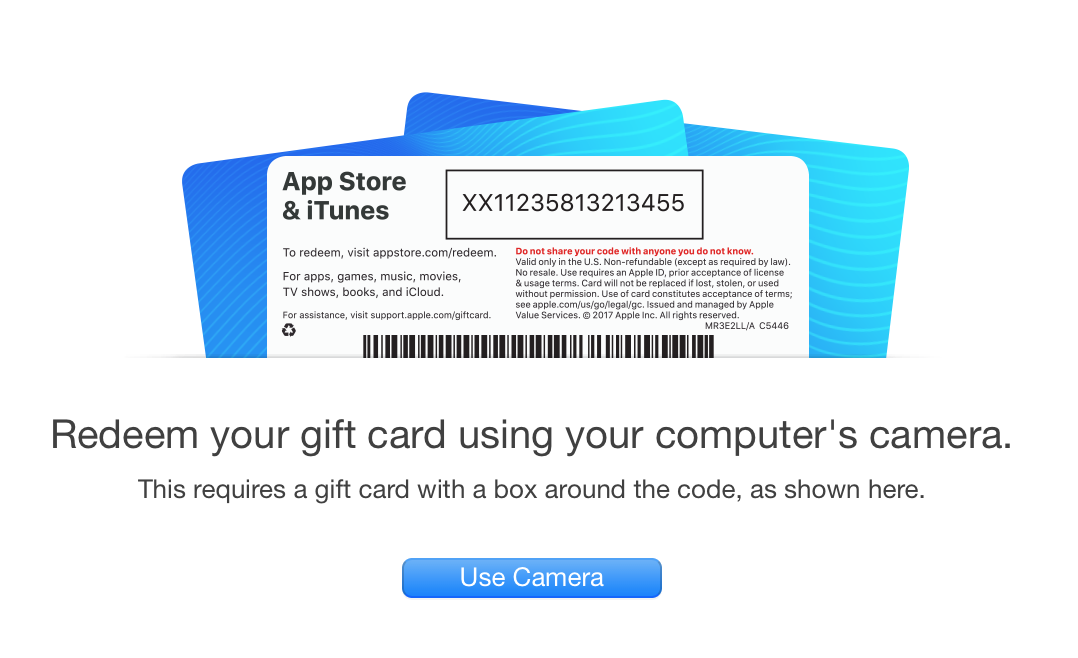@andrewpaliga,
The current Working Group charter [1] puts loyalty and coupons out of scope:
"Recommendations for loyalty schemes and coupons, digital receipts, digital credentials, tickets, and location services are out of scope."
There are nascent discussions in the Interest Group [2] about the idea of a future version of user experience including application of loyalty and coupons. I am behind schedule but actioned to propose a plan and I'd welcome your help in that forum.
There are also more general discussions going on around verifiable claims (and there's a joint task force between the Credentials Community Group and the Web Payments Interest Group on that topic).
Ian

An important part of Shopify's checkout is the ability for the user to enter a discount code and or gift card at any point during the checkout (shown below). Once the discount or gift card code is verified the checkout balance is adjusted accordingly.
Step 1 - shipping
Step 2 - delivery
Step 3 - payment
The majority of checkout on the web support gift and promotional codes as well. Examples from Amazon and Nike below.
What is the strategy for accepting gift card and discount codes in the payments api? Will this be the responsibility of the user agent or the payment app?
There has been related discussion on the ability for the merchant to require the collection of certain shipping and billing information. This is similar but gift card and discount codes are more complex as they require an additional verification step to be carried out by the merchant. This verification could be accomplished through a callback to the merchant where they would be responsible for any updates.
Note: It’s more common to include gift card and discount entry in the payments step of checkout, however, we have experienced better cart conversation rates by making the option available throughout our checkout experience.